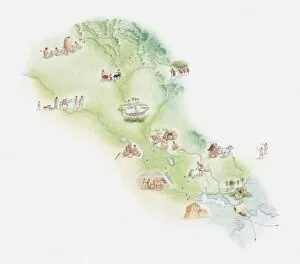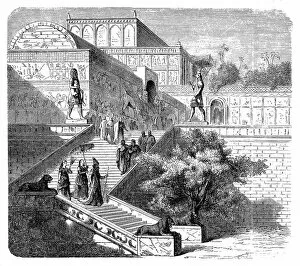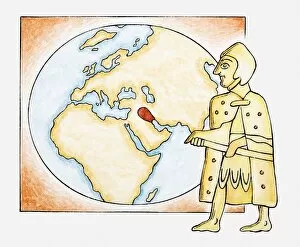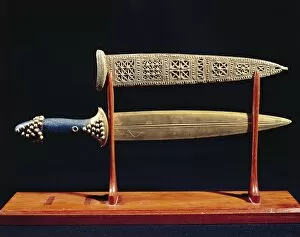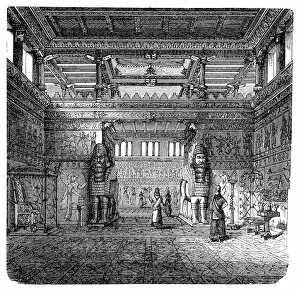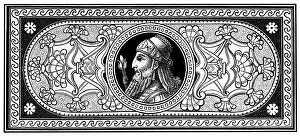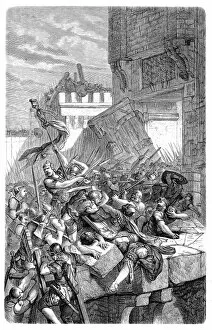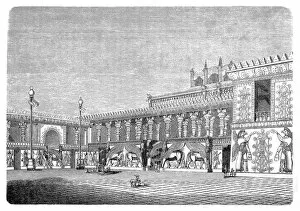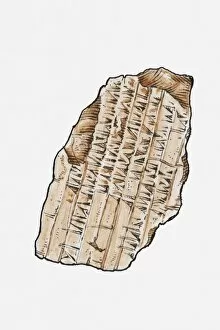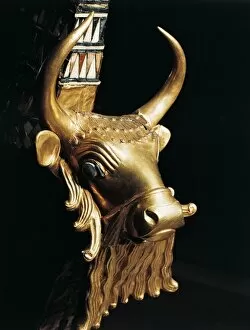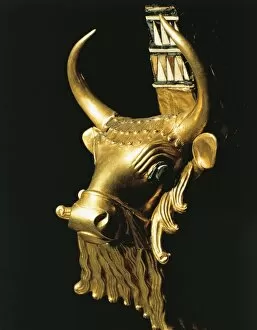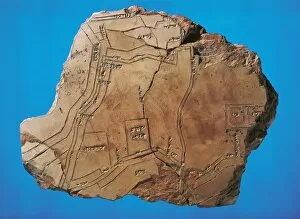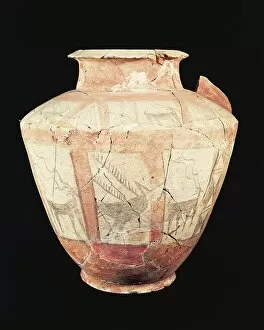Sumerian Civilization Collection
The Sumerian civilization, one of the oldest known civilizations in history, thrived in ancient Mesopotamia
All Professionally Made to Order for Quick Shipping
The Sumerian civilization, one of the oldest known civilizations in history, thrived in ancient Mesopotamia. Visual reconstructions provide a glimpse into their world, such as an Assyrian residential complex that showcases their architectural prowess. The use of a reed pen to write Sumerian cuneiform script on clay tablets illustrates their advanced writing system. The grandeur of the Sumerians is evident in the royal palace of Assyria, Nineveh. Through reconstruction, we can envision its opulence and magnificence. An illustrated map reveals the strategic location of ancient Sumer along the Tigris and Euphrates rivers, which played a vital role in their agricultural practices. Paying homage to an Assyrian ruler was customary during this era, as depicted by artistic representations. Intricate ornaments featuring an Assyrian king showcase their rich cultural heritage and appreciation for artistry. Warfare was also integral to the Sumerian civilization; ancient reliefs depict scenes of battle where the mighty Assyrian army marched fearlessly towards victory. These reliefs serve as historical records capturing significant moments from this period. Through these artifacts and visual reconstructions, we gain insight into the remarkable achievements and legacy left behind by the Sumerian civilization. Their advancements in architecture, writing systems, artistry, and military tactics continue to fascinate us today – reminding us of our shared human history rooted deep within Mesopotamia's fertile lands.



